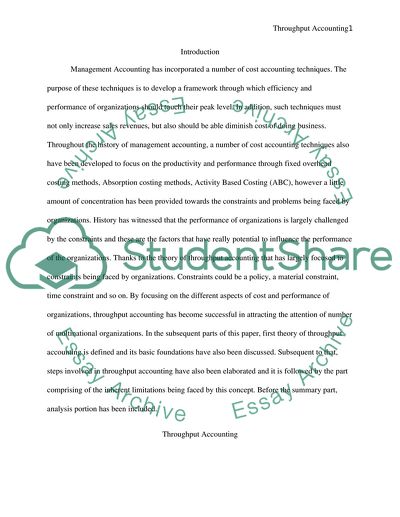Cite this document
(“Throughput Accounting Research Paper Example | Topics and Well Written Essays - 1750 words”, n.d.)
Retrieved from https://studentshare.org/finance-accounting/1590567-throughput-accounting
Retrieved from https://studentshare.org/finance-accounting/1590567-throughput-accounting
(Throughput Accounting Research Paper Example | Topics and Well Written Essays - 1750 Words)
https://studentshare.org/finance-accounting/1590567-throughput-accounting.
https://studentshare.org/finance-accounting/1590567-throughput-accounting.
“Throughput Accounting Research Paper Example | Topics and Well Written Essays - 1750 Words”, n.d. https://studentshare.org/finance-accounting/1590567-throughput-accounting.


